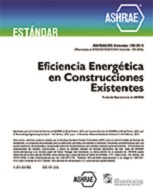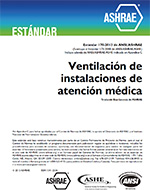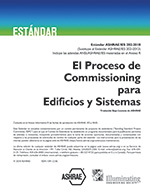Description
Reducing energy consumption in buildings has become a priority for most countries. However, designing energy-efficient buildings is not a straightforward task – the increasing demand for high comfort standards, provided by conventional ‘energy-hungry’ cooling and heating devices conflicts with the need for demand reduction. Trigeneration, the simultaneous production of electricity, cooling and heating is often viewed as a means of improving energy-efficiency in large and medium sized buildings whilst still delivering thermal comfort. For hot climates, the benefit of utilising the waste heat emitted from an engine unit to power a thermally driven cooling device provides scope to utilise an otherwise wasted energy stream. However, in smaller sized residential buildings, the relatively low and intermittent energy demand coupled with high capital costs, has stifled the uptake of the technology – although the potential for substantial energy savings exists. Moreover, it is very common for home owners in hot climates to opt for other energy-saving devices such as solar water heaters (SWH), which would tend to reduce further the possible demand for space and water heating, possibly making the simultaneous use of both micro-trigeneration and SWH unfeasible. This paper compares the performance of a residential micro-trigeneration system to a hybrid micro-trigeneration/SWH system. The performance of both systems was simulated using a whole building simulation tool run at a high time resolution. The results obtained were then used to quantify the energetic and environmental performance of both systems; and also to assess their financial viability against the effect of varying fuel prices, electricity tariffs and a varying Feed-in Tariff (FIT). Results show that whereas the solar aided micro-trigeneration system obtains an overall higher (though marginal) energetic and environmental performance, the financial performance for the same fiscal parameters (fuel prices and electricity tariffs) deteriorates. Moreover FIT, plays an important role in the financial feasibility of the system.
Citation: ASHRAE Papers CD: 2014 ASHRAE Annual Conference, Seattle, WA
Product Details
- Published:
- 2014
- File Size:
- 1 file , 1.8 MB
- Product Code(s):
- D-SE-14-C077




